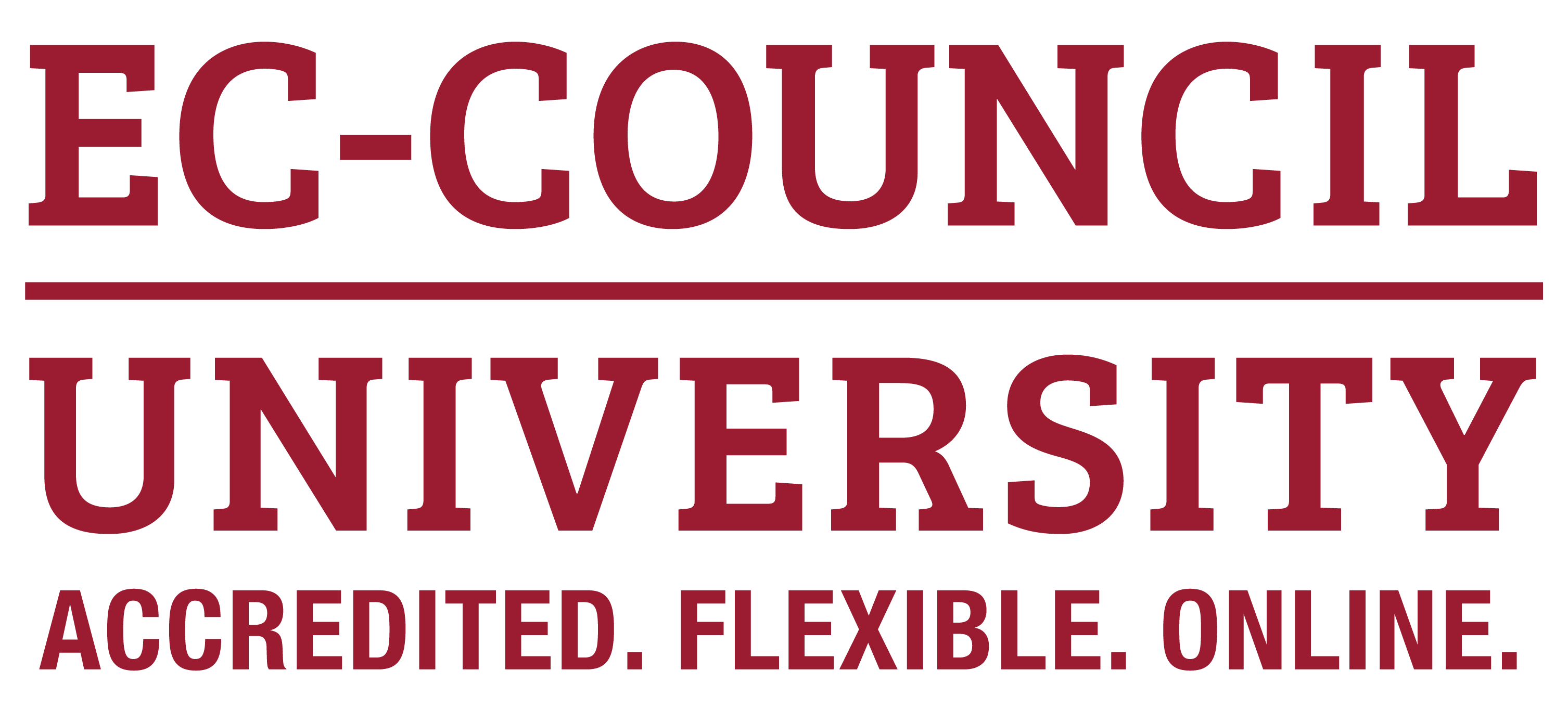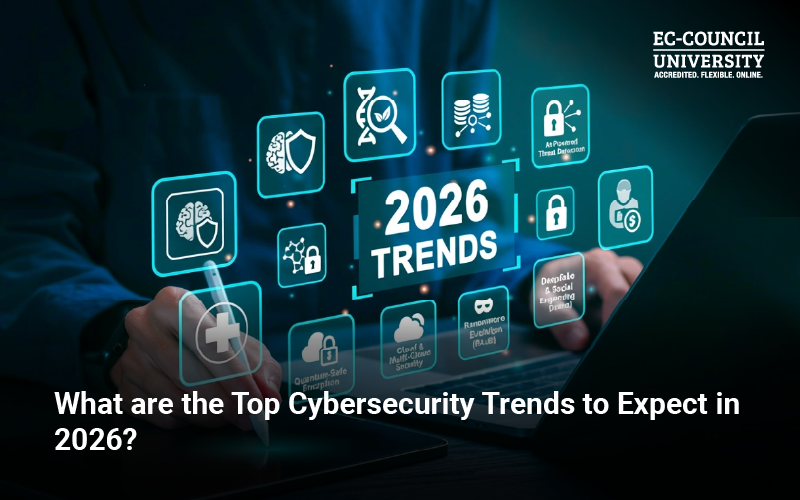In the digital age, cybersecurity is a critical concern for individuals and organizations. With the rapid evolution of technology and the escalating sophistication of cyber threats, proactive measures are crucial to safeguard against vulnerabilities. Ethical hacking and bug bounty programs are two effective strategies that can significantly enhance cybersecurity. By identifying and addressing potential weaknesses before malicious actors exploit them, these approaches help organizations stay ahead of the curve and safeguard their digital assets.
Understanding Ethical Hacking
Ethical hacking, also known as white-hat hacking, involves simulating cyberattacks on a system or network with the express consent of its owner. Unlike malicious hackers who exploit vulnerabilities for personal gain, ethical hackers use their skills to identify and report potential weaknesses before they can be exploited by malicious actors.
The process of ethical hacking typically involves the following steps:
The process of ethical hacking typically involves several key steps. First, the ethical hacker obtains explicit permission from the system owner to conduct the assessment, a phase known as authorization. Once authorized, the hacker proceeds to the assessment stage, using techniques such as network scanning, social engineering, and penetration testing to identify potential vulnerabilities in the system. After identifying these weaknesses, the hacker simulates attacks to exploit the vulnerabilities to evaluate their potential impact, a phase referred to as exploitation. Finally, the hacker compiles a detailed report outlining the findings, including recommendations for remediation and the potential risks if the identified vulnerabilities remain unaddressed.
The Advantages of Ethical Hacking:
Ethical hacking offers numerous benefits for organizations, including:
- Proactive vulnerability identification: By simulating attacks, ethical hackers can specify vulnerabilities that may have been overlooked by traditional security measures, providing a more comprehensive assessment of a system’s security posture.
- Risk assessment: Ethical hacking helps organizations assess the potential impact of vulnerabilities and prioritize remediation efforts.
- Improved security posture: By addressing identified vulnerabilities, organizations can strengthen their security defenses and reduce their risk of being compromised.
- Compliance: Ethical hacking can help organizations demonstrate compliance with industry regulations and standards.
Introducing Bug Bounty Programs
Bug bounty programs offer financial rewards to individuals who discover and report security vulnerabilities in a system or application. These programs create a community of security researchers who actively seek out and report vulnerabilities, helping organizations to identify and address them quickly.
The benefits of bug bounty programs include:
- Crowd-sourced security: Bug bounty programs leverage the expertise of a global community of security researchers, increasing the chances of discovering vulnerabilities.
- Faster vulnerability discovery: By incentivizing researchers to report vulnerabilities, bug bounty programs can help organizations identify and address them more quickly.
- Improved security posture: By promptly addressing vulnerabilities, organizations can enormously reduce their risk of falling victim to malicious attacks.
- Cost-effective: These programs can be a cost-effective approach to enhancing security, as they frequently lead to the discovery of vulnerabilities that might otherwise have remained undetected.
The Synergy Between Ethical Hacking and Bug Bounty Programs
Ethical hacking and bug bounty programs complement each other in many ways. Ethical hackers can use their skills to identify potential vulnerabilities, while bug bounty programs can incentivize researchers to report those vulnerabilities. By combining these two strategies, organizations can create a more robust and proactive security posture.
Critical Considerations for Implementing Ethical Hacking and Bug Bounty Programs
Organizations should consider several factors when implementing ethical hacking and bug bounty programs. First, defining a comprehensive scope and boundaries for the program is essential, ensuring that it aligns with the organization’s strategic goals, prioritizes critical assets, and establishes clear boundaries to prevent unintended consequences.
Second, robust ethical guidelines must be developed to ensure that all participants adhere to responsible and legal practices, handle sensitive data appropriately, and prohibit malicious activities.
Third, thorough legal and contractual review is necessary to understand the legal implications of conducting ethical hacking and bug bounty programs, review existing contracts, and assess liability risks.
Fourth, effective communication and collaboration among the security team, ethical hackers, and bug bounty researchers is crucial for the program’s success. Establishing clear communication channels, fostering a culture of trust, and providing regular updates can contribute to a positive and productive working environment.
Finally, continuous improvement and adaptation are essential for ensuring the long-term effectiveness of ethical hacking and bug bounty programs. Organizations should regularly review and refine the program, incorporate participant feedback, and stay updated on emerging threats to maintain its relevance and effectiveness. By carefully considering these factors, organizations can effectively implement ethical hacking and bug bounty programs that strengthen their security posture and mitigate risks.
Ethical hacking and bug bounty programs are powerful tools that can significantly enhance cybersecurity. Our newly released Certified Ethical Hacker (CEH v13) certification from EC-Council University is globally recognized as the premier credential in ethical hacking. With the latest CEH v13, professionals gain a competitive edge by mastering over 4,000 AI-driven hacking, security, and automation tools. This certification is designed for real-world applications and offers career-transforming opportunities for those ready to stay ahead of the evolving cybersecurity landscape. Whether you are aiming for roles such as AI Security Engineer, Cloud Security Analyst, or AI Penetration Tester, CEH v13 gives you the skills to thrive in today’s digital age.







